Frankenstein followed a long and convoluted path to the screen. Many of the elements in the film-- the use of a "criminal brain," for example-- were remnants of the script prepared by the film's original intended director, Robert Florey. Despite his contributions, Florey went uncredited in the finished film.
James Whale eventually wound up directing the film, The result is probably a good deal better than what Florey would have given us. Florey was talented, but he seemed to be more interested in creating mood than in characterization. The mood and atmosphere of the film is an important aspect, but what would Frankenstein be without the marvelous characterizations in the film, most notably Karloff's Frankenstein Monster?
Bela Lugosi was announced for the role, but famously turned it down. He reportedly did not want his handsome features concealed beneath layers of monster makeup, and wasn't thrilled at the prospect of a non-speaking role. Enjoying his new-found Dracula stardom, Bela was more interested in roles that would let him play the romantic lead. A makeup test with Bela was actually filmed, although the footage has apparently been lost.
This led to the casting of Boris Karloff. There appears to be some dispute regarding exactly how Whale "discovered" him, with the prevailing stories involving Whale's spotting Karloff in the Universal commissary, or else seeing him in The Criminal Code. Perhaps both are true. The important thing is that Karloff was cast, and he helped bring a pathos to the role that simply was not present in the Florey script.
Jack Pierce designed what is quite probably the most iconic monster ever seen on film. Pierce would create icons with his designs again and again in the films to come, but the Frankenstein Monster surely reigns as the greatest and most recognized. Pierce worked with Karloff's facial features to design a character who is every bit as recognizable as such worldwide icons as Batman and Santa Claus.
It hardly needs to be said at this point, but Karloff is amazing in this film. His portrayal of the monster as a developing child nicely sidesteps the attempt to blame all the ensuing misfortune on a bad brain, as he is clearly being shaped by the adverse conditions in which he "grows up." He only becomes a monster after being abused and mistreated by everyone he encounters; even then, he shows kindness to the few he encounters who treat him like a fellow human being(both in this film and its sequels).
Colin Clive's often tortured performance as Dr. Frankenstein is the other standout in the film. One wonders how Leslie Howard (Universal's original choice for the role, before Whale took over) could have possibly matched Clive in this role.
Mae Clarke is capable, but not given much to do as Frankenstein's fiancee. John Boles' Victor winds up being a completely unnecessary character due to the happy ending that was tacked on, but he does well enough with the role as scripted. Edward Van Sloan is convincing as the knowledgeable Dr. Waldman, but he is not given any scenes in which he can truly shine, as he was in Dracula. Marilyn Harris as little Maria is extremely important in her small role in the film, contributing to one of the film's best-remembered scenes.
This brings us to Dwight Frye as Frankenstein's assistant, Fritz. Delightful as Renfield in Dracula, Frye's devoted, and often spiteful, hunchbacked assistant sets the standard for countless other characters who followed in his wake. (He is frequently misidentified as Ygor or Igor, depending on spelling preference. I'm not sure exactly when this began, but it was a fixture by the '60s. Naming the hunchbacked assistant in 1974's wonderful Young Frankenstein "Igor" didn't help clarify things.)
The excellent set design helped set the look for this type of film. (We would see several of these sets again; for instance, the room in which the Monster is imprisoned served as Dr. Mirakle's laboratory in 1932's Murders in the Rue Morgue.) These sets were beautifully filmed by cinematographer Arthur Edeson.
One of the most memorable and influential elements of the film was all the electrical gadgets supplied by Kenneth Strickfaden. Henceforth, every mad scientist worth his salt had a lab full of one buzzing, flashing electrical apparatus after another. Often, they were other Strickfaden creations, as he rented his creations out for over 100 films.
Obviously, I'm not breaking any new ground here by proclaiming Frankenstein's greatness. It's not a perfect film-- to name one of its few weaknesses, the lack of music (aside from the titles) does hurt the film a bit-- but it is a damn good one. If you're interested enough in classic horror films that you're reading this blog, you've probably seen it. If you haven't, then what the hell are you waiting for? Buy it, rent it, or catch it on TV. Just make sure you watch it as soon as possible, as it is an essential part of the classic horror experience.

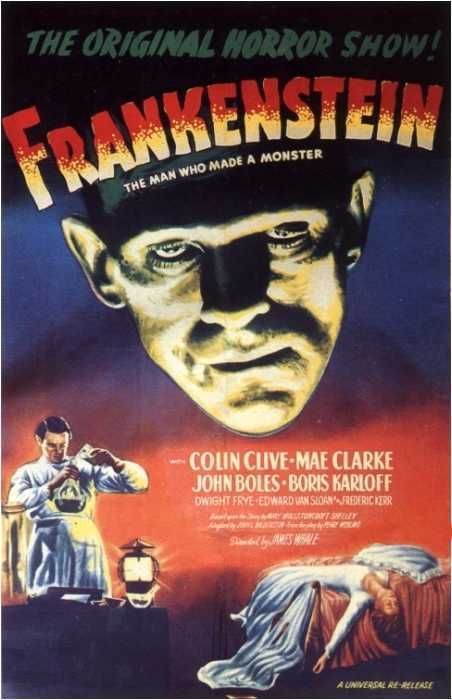
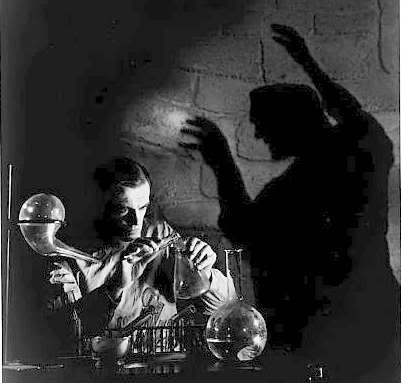
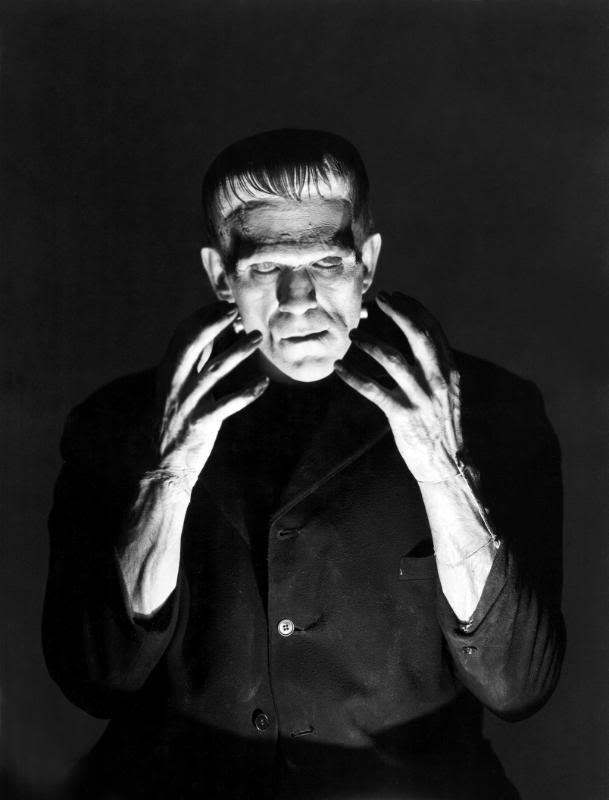
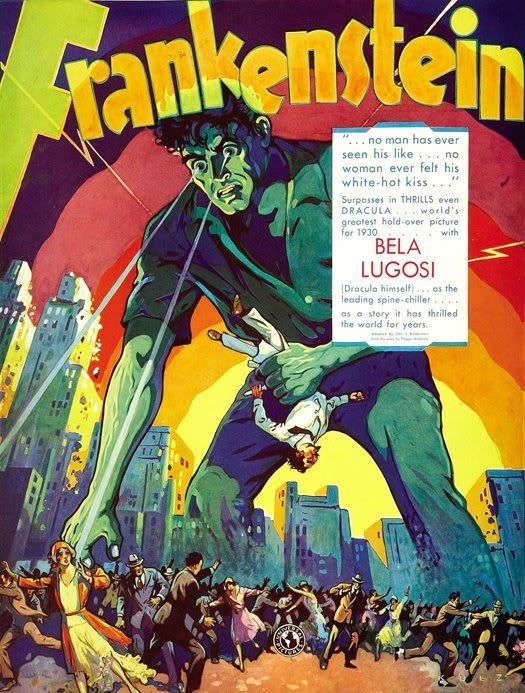
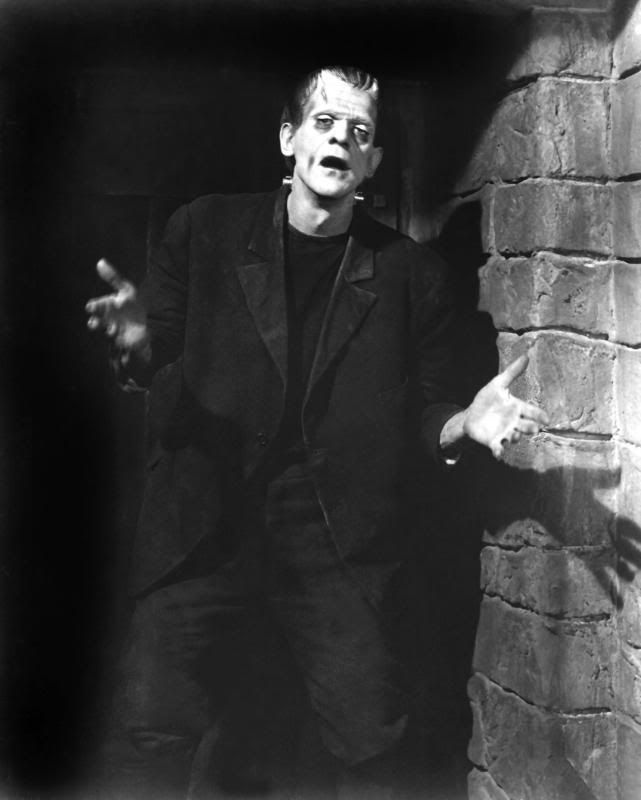
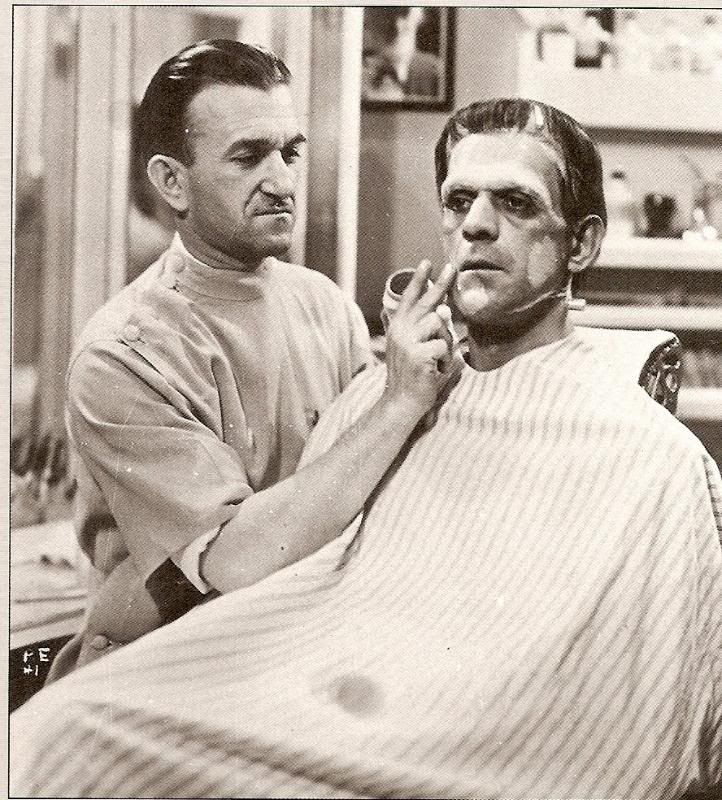

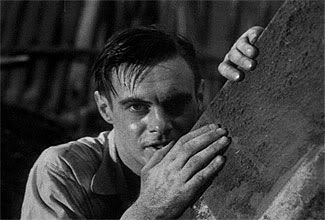
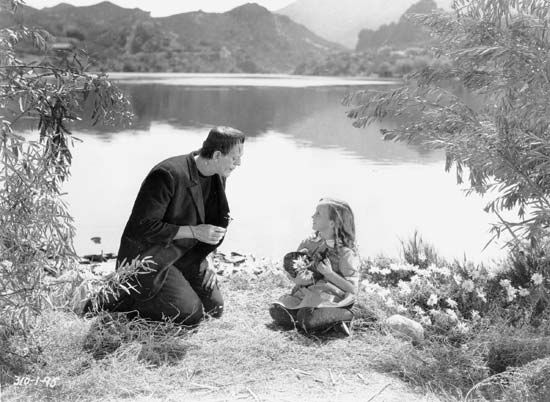
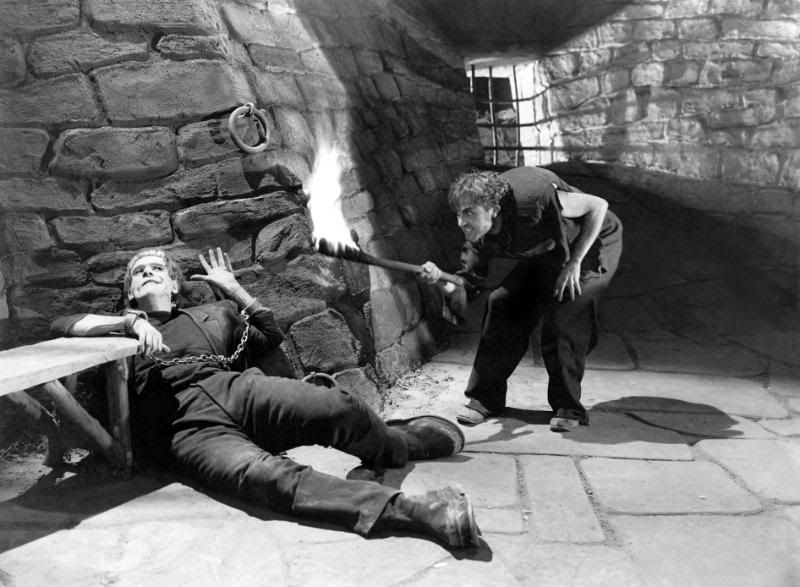
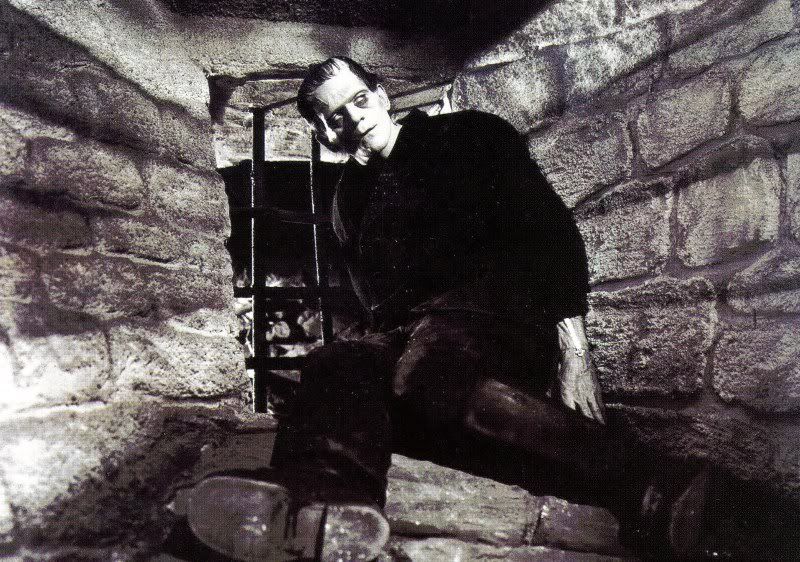
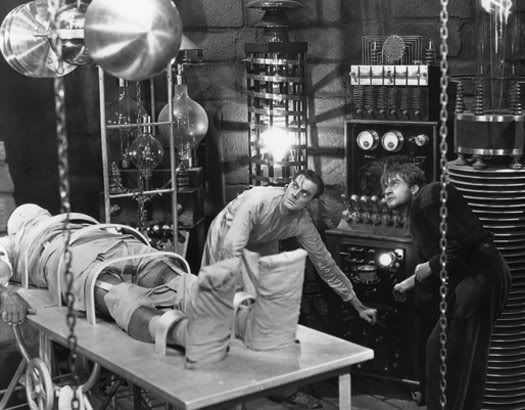


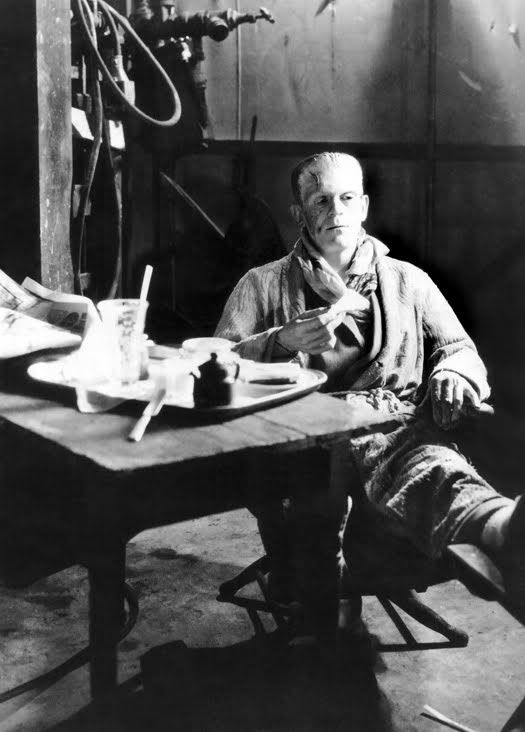
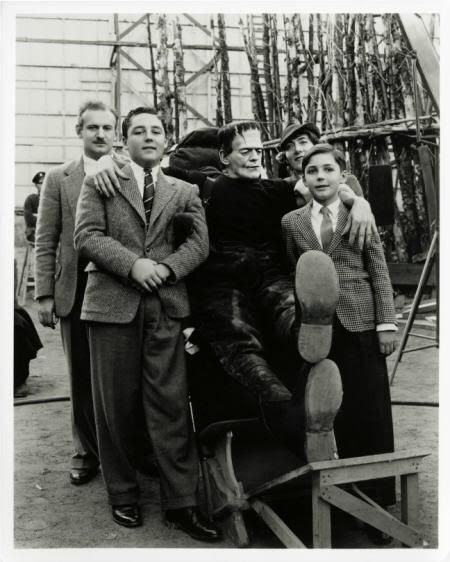
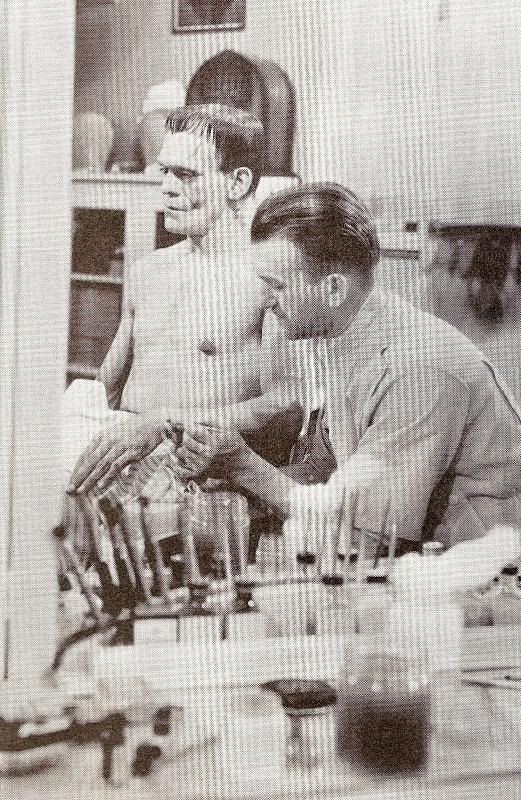
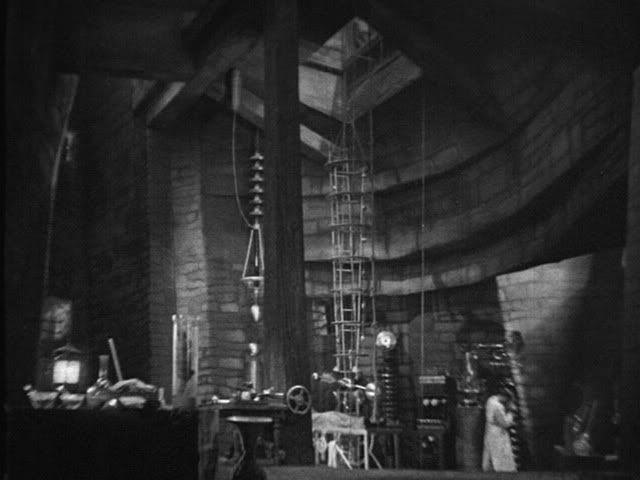
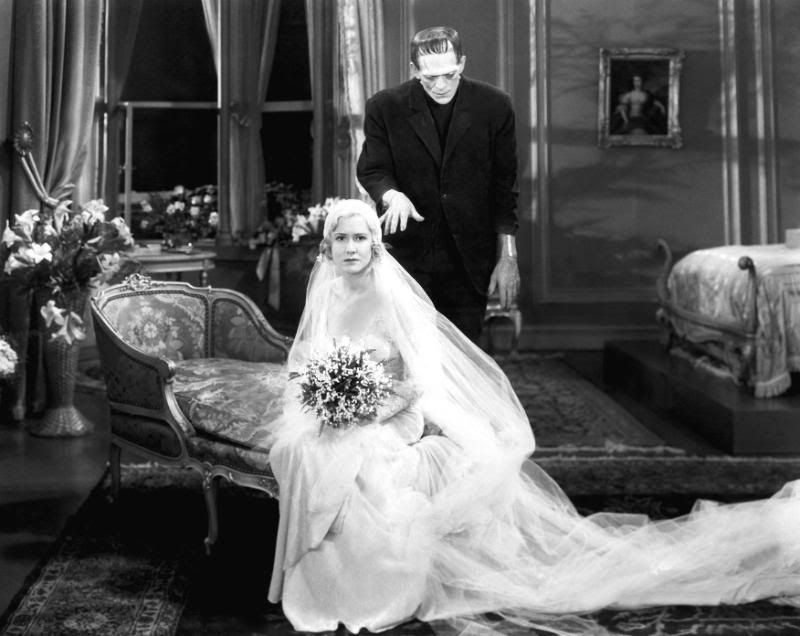
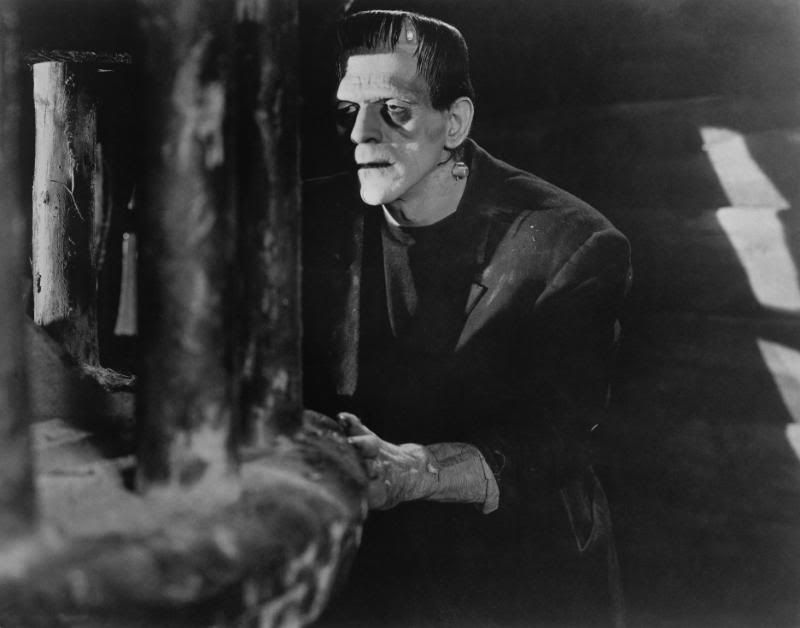
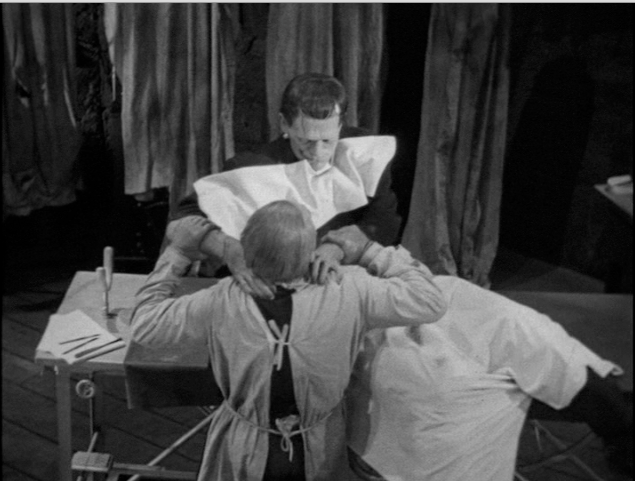
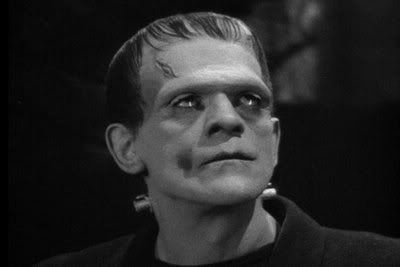


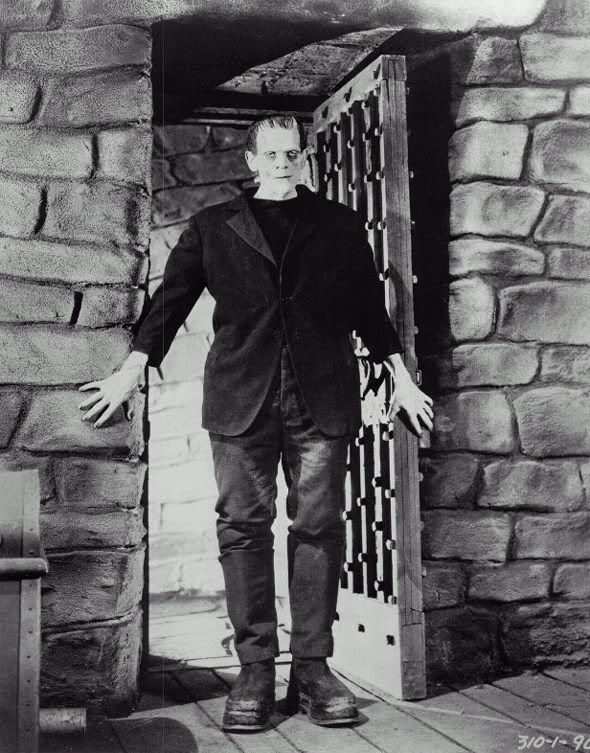
No comments:
Post a Comment